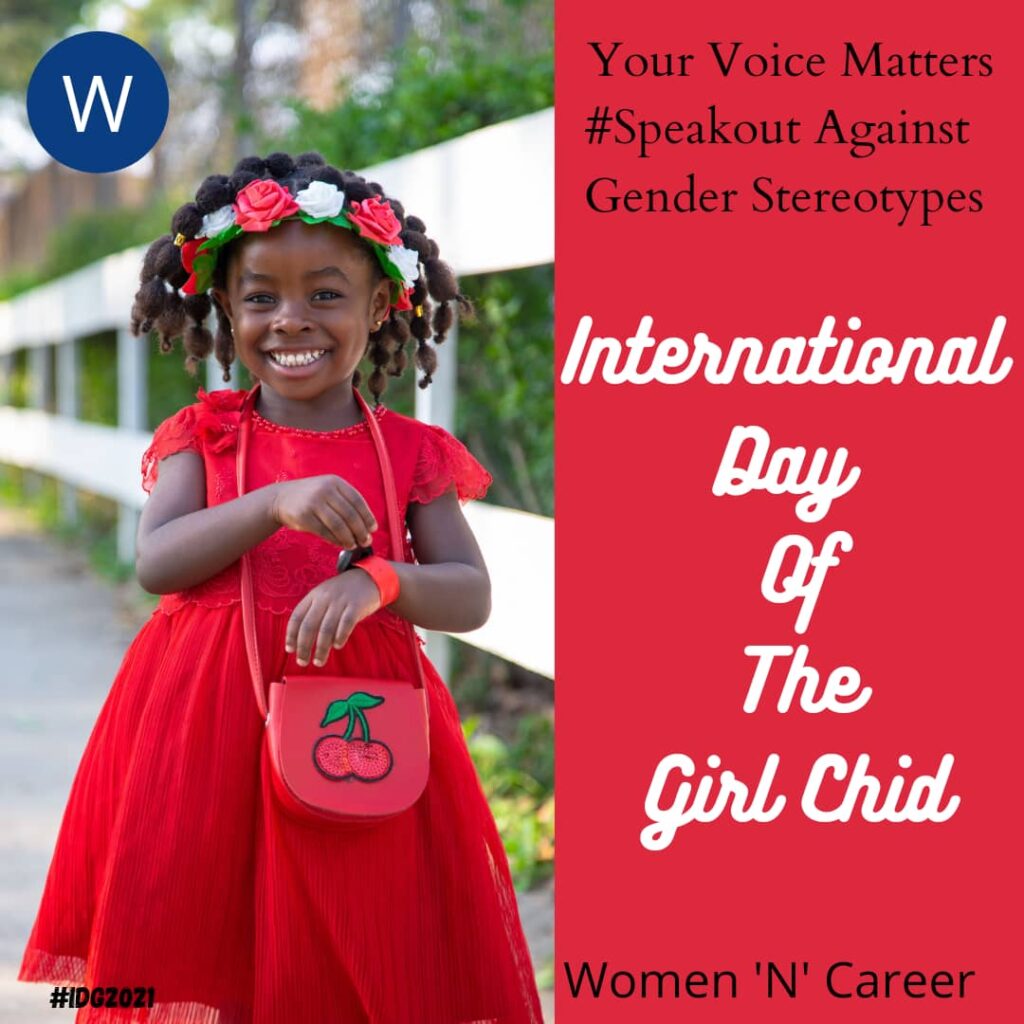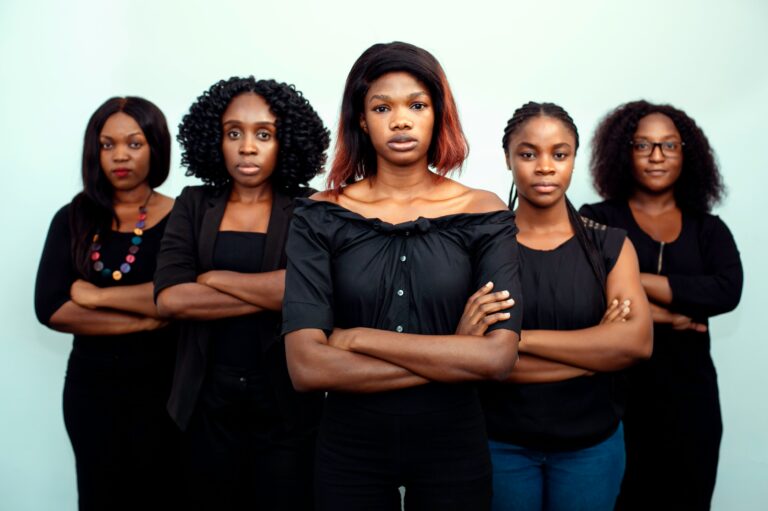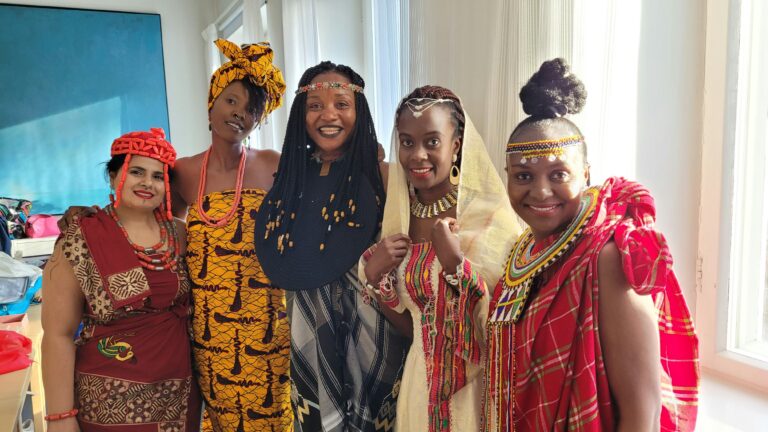
Today marks the International Day of the Girl-child (IDG2021); a day set aside by the United Nations to recognize the rights of the girl-child and the unique challenges girls around the world face.
Brief history
The first-ever mention of girls’ rights happened in 1995 at the World Conference held in Beijing; where women unanimously adopted the Beijing Declaration and Platform for Action. And this became the most progressive blueprint for advancing the rights of not only women but girls.
Following this and realizing the need to set aside a day to focus attention on the girl-child and the challenges they face, the United Nations General Assembly finally adopted the Resolution 66/170 on December 19, 2011; and declared October 11 as the International Day of the Girl-child. Its first celebration came the following year on October 11, 2012.
Moving forward…
As the World celebrates its tenth observance of the International Day of the Girl-child (IDG2021) under the theme; ‘Digital generation. Our generation’, it is a time to recall the essence of this celebration and make personal commitments to seeing its goal achieved. Girl empowerment should not just be the responsibility of the government, civil societies, or key decision-makers; but should rather be a shared responsibility in which everyone has a role to play.
This IDG2021 theme emphasizes the need to establish a digitally inclusive community to promote sustainable economic and workforce development. With the COVID-19 pandemic disruptions, the digital divide has been exposed like never before; moreso for young girls whose diverse digital realities leave much to be desired; as they remain more vulnerable to being cut off from internet access than their male counterparts.
The United Nations reported a massive gender gap im the number of Artificial Intelligence (A.I) professionals (only 22% comprised of women); and women in STEM where women comprise of only 15% in over two-thirds of countries.
One has to wonder what the future holds for us, given the gender digital divide in a field that impacts the lives of everyone. This begs the question, “What role can you and I play to address the gender digital divide?’ Here are a couple of ideas;

1 – Encourage Girls to Learn Digital Skills
Rather than discourage a girl from learning digital skills, encourage her to go for it. Open her eyes to the vast career opportunities in tech; by sharing stories, blog posts, and videos of inspiring adolescent girls who are tech trailblazers.
2 – Increase Access to Technology
Encouraging a girl-child to venture into tech without giving her the required access to technology is like gifting a car with punctured tires, no diesel and no engine to an unemployed youth with no source of income. There is basically little that she can do with mere oral support.
Invest in the underlying infrastructures necessary for the girl-child to acquire digital literacy. A computer at home for your girl-child or gifting a spare to the girl-child next door can make a world of difference.
3 – Affordable Internet Services
Think of empowering the girl-child by providing affordable internet services for her use. Tech companies can indeed play a vital key role here. But contrary to what you may think, you can also play a role as an individual. Taking up the responsibility of providing a monthly internet subscription – or at least, sharing yours with her through WIFI is one effective way to do this.
4 – Create Learning Opportunities
Many young girls – particularly those from low-income backgrounds – do not have access to free learning opportunities where they can develop digital skills. With your family, friends, colleagues, employees, or organizations, organize free learning programs for young girls to get equipped.
5 – Forge Partnership with Like-minded People
Collaborating with people or organisations with the same goal is surely one way to promote digital inclusion within a shorter timeframe and reaching a wider audience.
A digitally inclusive community requires the participation of everyone, most especially girls who are the nation-builders of a country. However, this can only be possible with adequate support from all sectors: businesses, government, civil societies, policymakers, and individuals. Only when we team up and rise to the challenge of addressing the gender digital divide can we truly enjoy a digitally inclusive community and world at large.
Read Also: 6 Career takeaways from the Entertainment Industry

